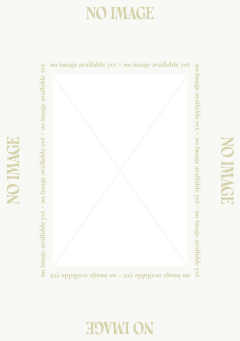My Cart
Your cart is empty
Looks like you haven't made your choice yet.
- Subtotal
Lightfall: Genealogy of a Museum

Paul and Herta Amir Building, Tel Aviv Museum of Art
- Skira (T&H)
- Preston Scott Cohen
More Information
| Publisher | Skira (T&H) |
|---|---|
| ISBN | 9788857226927 |
| Author(s) | Preston Scott Cohen |
| Publication date | November 2016 |
| Edition | Hardback |
| Dimensions | 280 x 240 mm |
| Illustrations | 170 col.ill. |
| Pages | 224 |
| Language(s) | Eng. ed. |
Description
For architecture, the Tel Aviv Museum of Arts Paul and Herta Amir Building provides a new spatial and tectonic paradigm; for museology, it represents a new approach for resolving tensions between divergent cultural agendas. The Tel Aviv Museum of Art is an unusual synthesis of two opposing paradigms of the contemporary museum: the museum of neutral white boxes dedicated to aesthetic contemplation and the museum of architectural spectacle, a site of public excitation. Rather than being concentrated in a grand lobby or atrium, the public spaces of the building are dispersed, becoming sites for artistic interventions. A series of rectangular galleries are organized around the lightfall, a twenty-six-meter tall spiraling atrium that organizes the building according to multiple axes that deviate significantly from floor to floor. The geometry and organization of the building stimulates curatorial imagination, proving that architectural and museological space can be simultaneously segregated, contiguous, and synthesized.

Lightfall: Genealogy of a Museum
